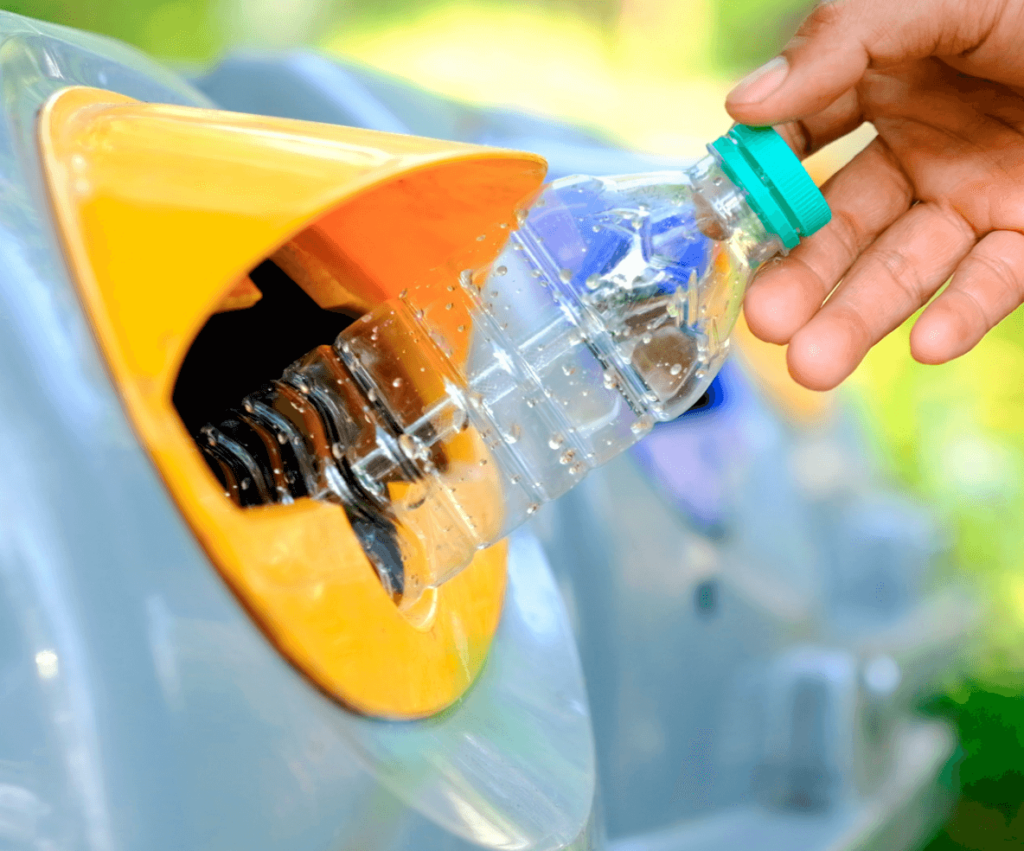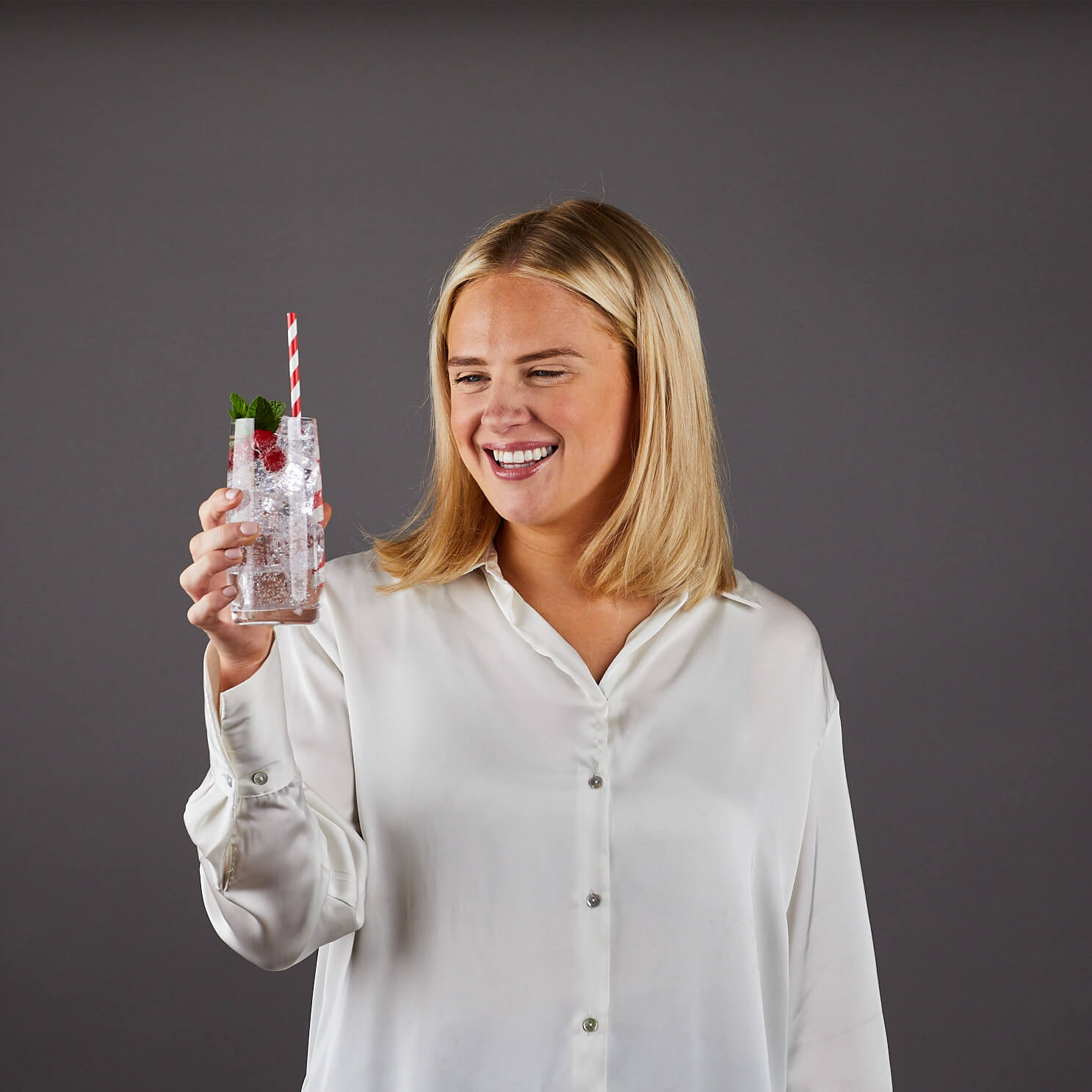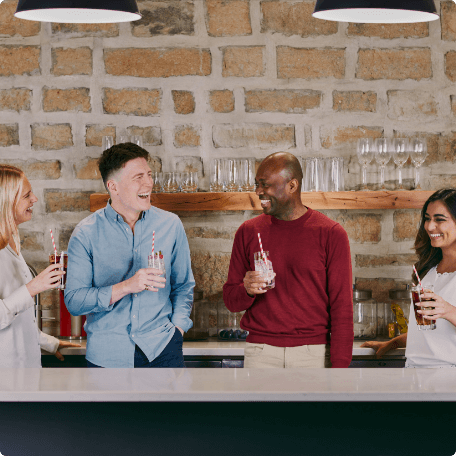Back to Home
Why us?
Fizzy drinks ever left you feeling flat?
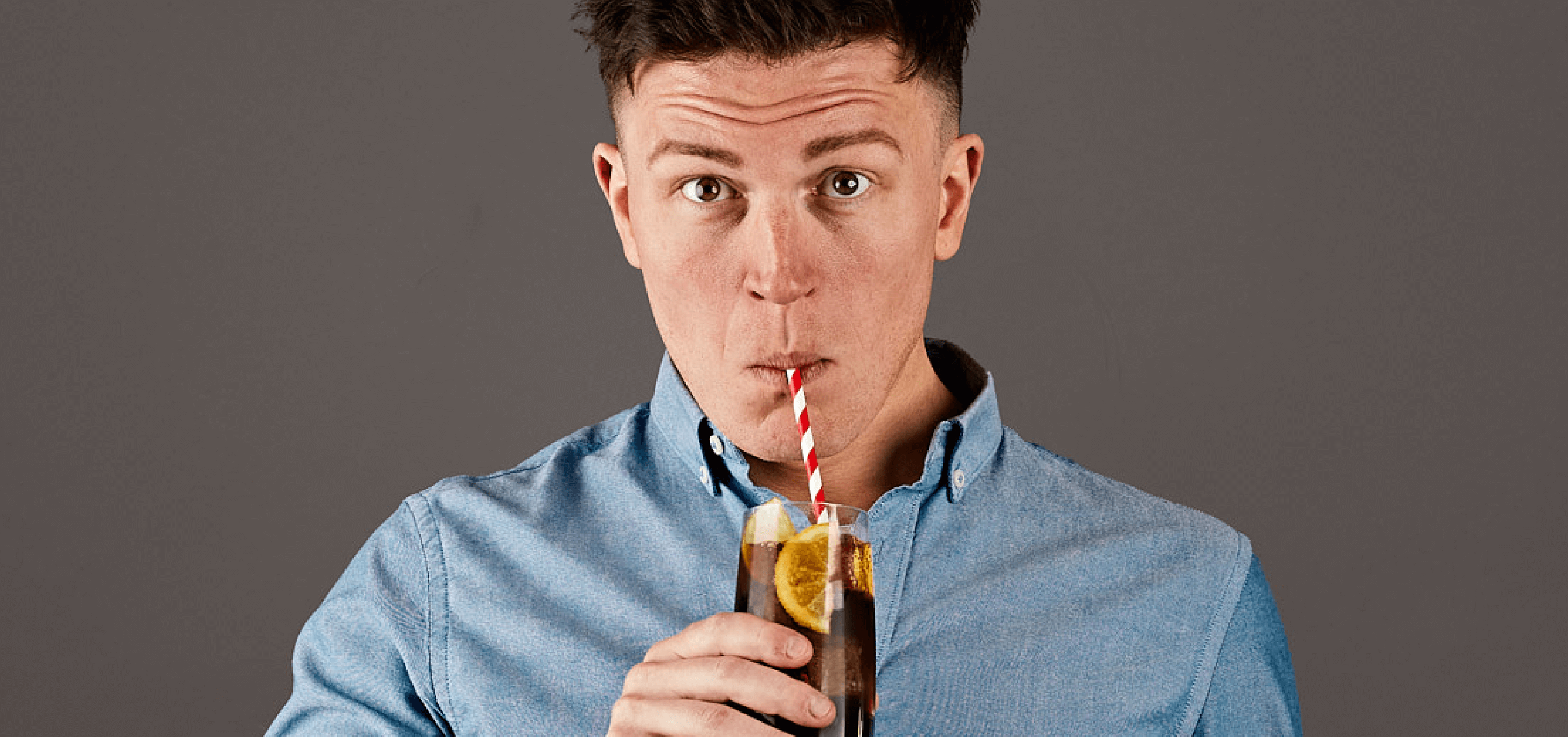

See how it's done!

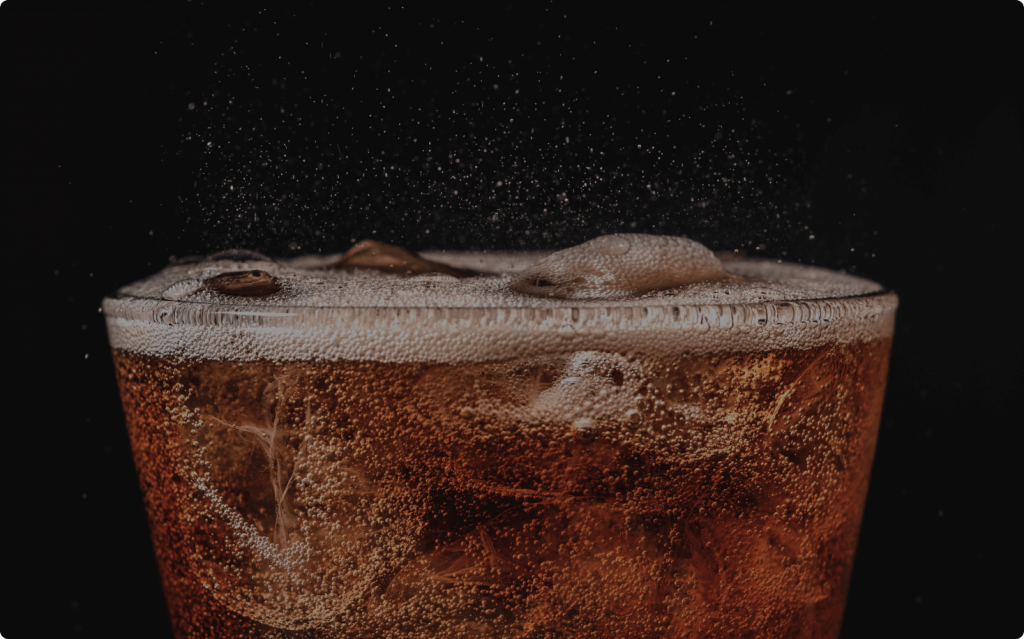

We keep your drinks fizzier for longer, so every sip feels like the first!
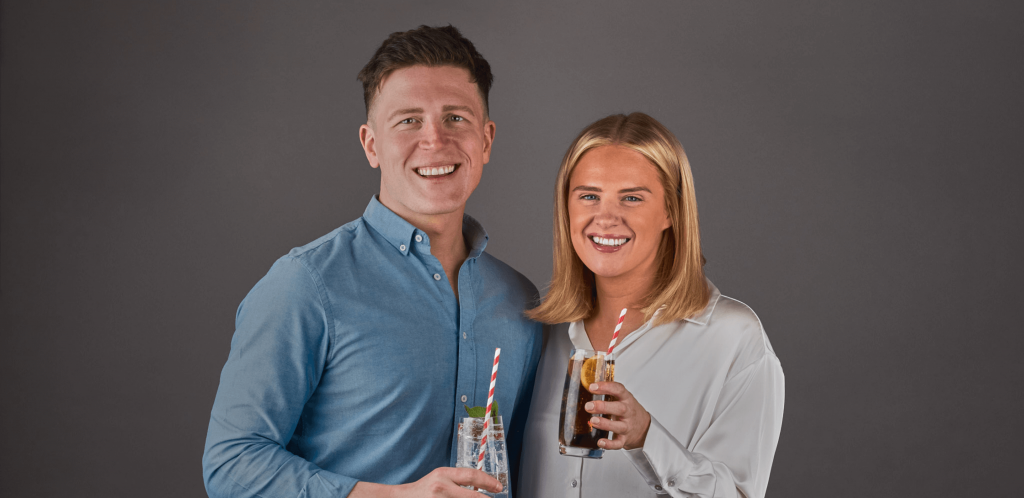

Specialists in clever carbonation
Sip or swig, our bubble technology keeps your drinks fizzy for longer, so every taste feels like the first. Find out how we pack them all in!
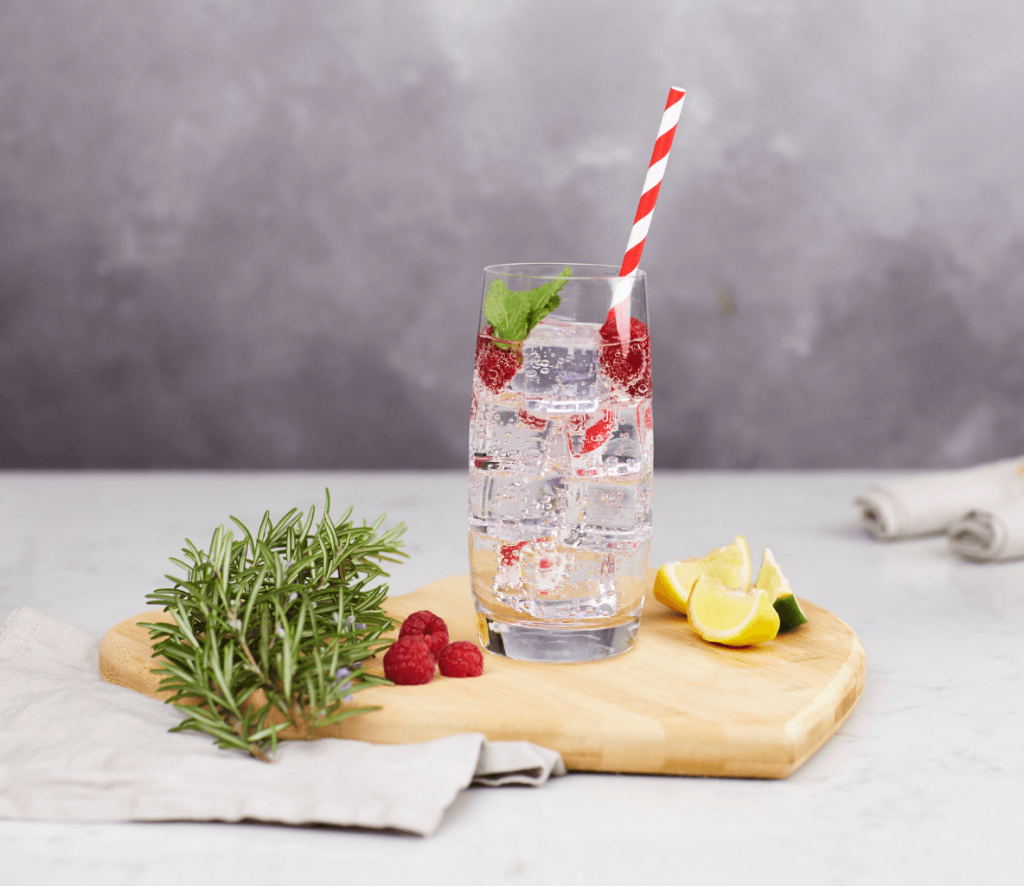 Take a look around!
Take a look around!
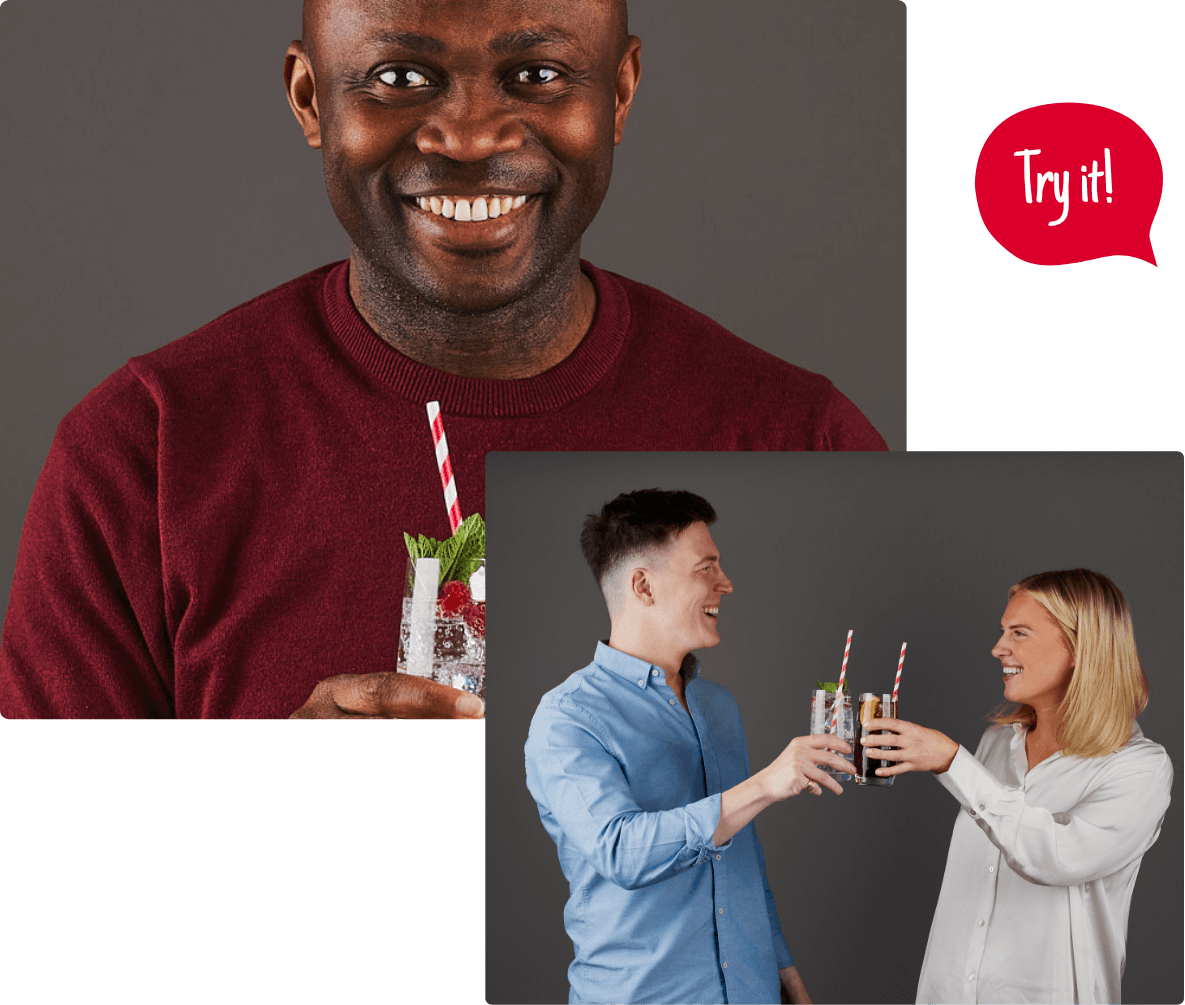
Want to see what all the fuss is about?
We think our bubbles are the best; so why not try them for yourself?
Book a taste test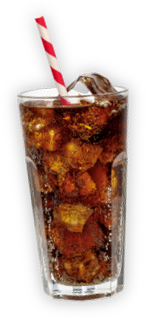
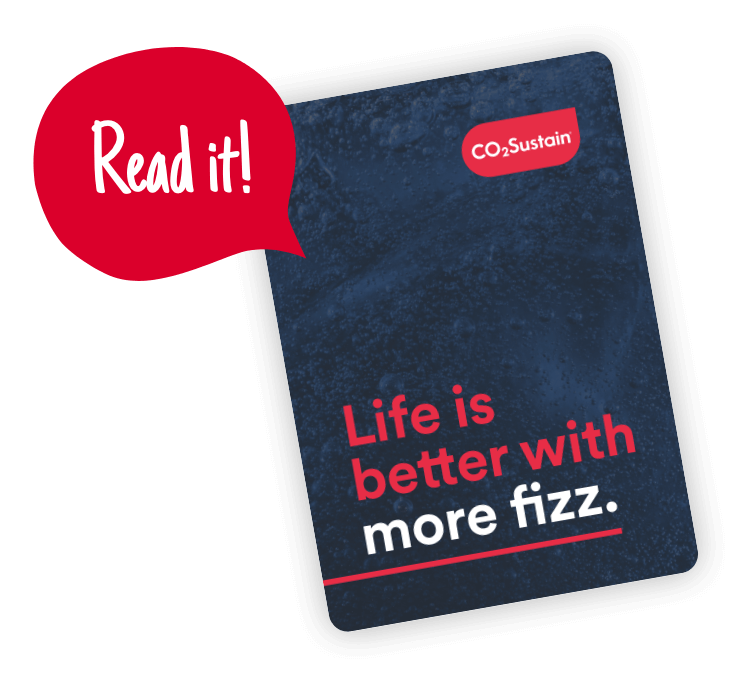
View our brochure!
Bubbling with information about how and why we do what we do, take a look at our brochure to learn more about CO2Sustain.
View the brochure


